As chance would have it, within two days I saw two people posting, independently of each other, photos of blackened oak wood, asking what had happened. At the same time, a third person asked me what could have happened to the oak in the workshop that had turned a dark blue, almost black color and is sure it can't be mold. It is for this reason that I decided to return to the subject of tannin, even though not long ago I wrote about the pluses and minuses of tannin present in wood and its uses. Oak is a wood that contains a lot of tannin which influences its behavior during processing, finishing and use.
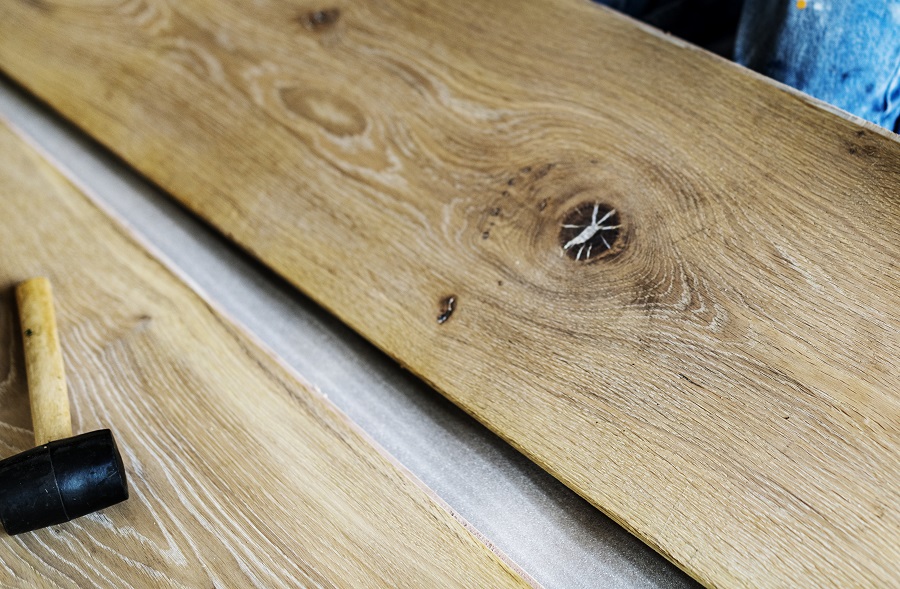
The amount and composition of tannin in oak depends on many factors
What is tannin or tannic acid as it is also called, I have written extensively here. It is found in varying amounts in most species, the rule being that the lighter the tannin content, the lighter the color. Oak is one of the species with a high tannin content. However, the content is not the same, depending on the type of oak, growing area, soil composition, age and other such criteria. Therefore, not everyone faces the same problems under the same working conditions, and the reactions are not always as intense.
As a species, European oak is richer in tannin than American oak. In Europe, oaks growing in the north are more tannin-rich than those in the south, and those in the west are richer in tannin than those in the east. The most tannin-rich is French oak, which is why it is used in manufacture of barrels for ageing wine and for making wine splinters, and in the UK, where tannin-based coloration methods have been used for hundreds of years.
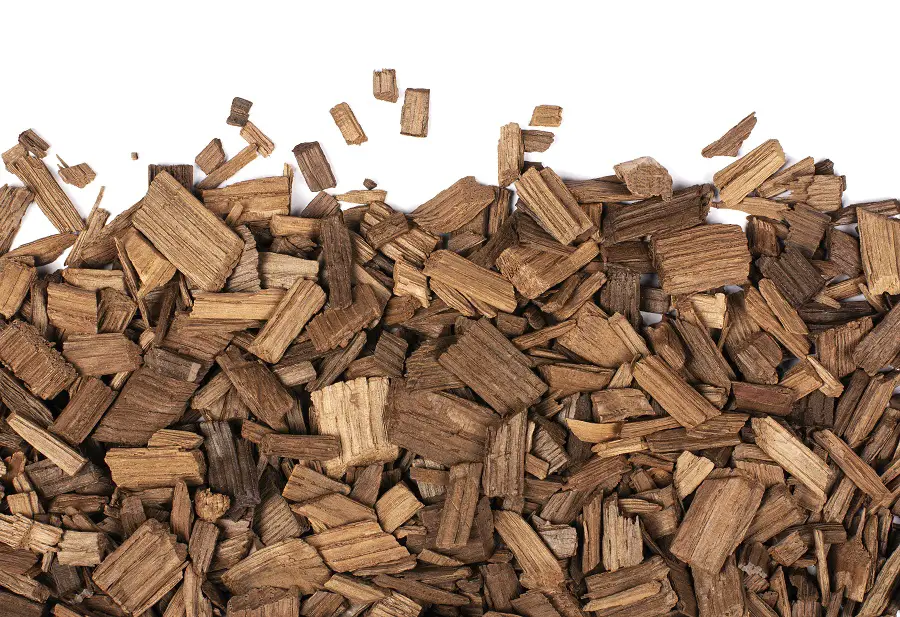
Reaction with iron and ferrous metals
Why has the oak plank blackened? Because in that area the wood came into contact with iron or iron-containing metals. The reaction between iron and tannin, in the presence of water, forms a bluish-black substance that colors the wood. The substance is very resistant and sometimes penetrates deep into the wood. Some sources give the use oxalic acid for bleaching, but the method is not always successful or must be repeated several times to see a change. If stained wood is used outdoors, the color will open up over time. At the same time, unprotected wood takes on a natural bluish-gray natural color (in 12-18 months) and the color becomes more uniform.
The reaction of the iron with the tannin in the oak requires careful choice of both the tooling and the way in which the elements are fastened. The recommendation is to use stainless steel. The problem is that, in addition to the color staining the wood, the iron fasteners corrode. These can fail over time and the project can be damaged.
The reaction with tannin is very sensitive and can happen even if it appears that the iron did not come in direct contact with the wood. In one of the cases that caught my attention, iron had been worked nearby, something had been polished. The fine iron particles settled on the oak plank and with the help of moisture in the air and in the wood the reaction was triggered. The surface of the plank filled with bluish-black spots.
Care must also be taken when storing. If the oak elements are stored on unprotected iron racks, the wood will certainly blacken in the contact area.
Tannin generally reacts with iron salts. Depending on their type, the color changes. In the reaction with iron sulphate the color is dark blue, and with iron chloride it is green. It is a method of obtaining inks.
The reaction of tannin with iron can be used as a coloring method
But tannin's reaction with iron has not only negative effects. It can be used to stain wood a bluish-gray color resembling unprotected wood aged by time. This is done by treating the wood with a solution of iron and vinegar. For an intense color, the iron-chpan must be as fine as possible and soaked in vinegar for several days. Find a full description of the method here.
The higher the tannin content, the stronger the reaction. To increase the tannin content on the surface of the wood, green tea (solution) can be applied beforehand. Tea is very rich in tannin. This method can also be used to color low tannin wood such as pin or spruce.
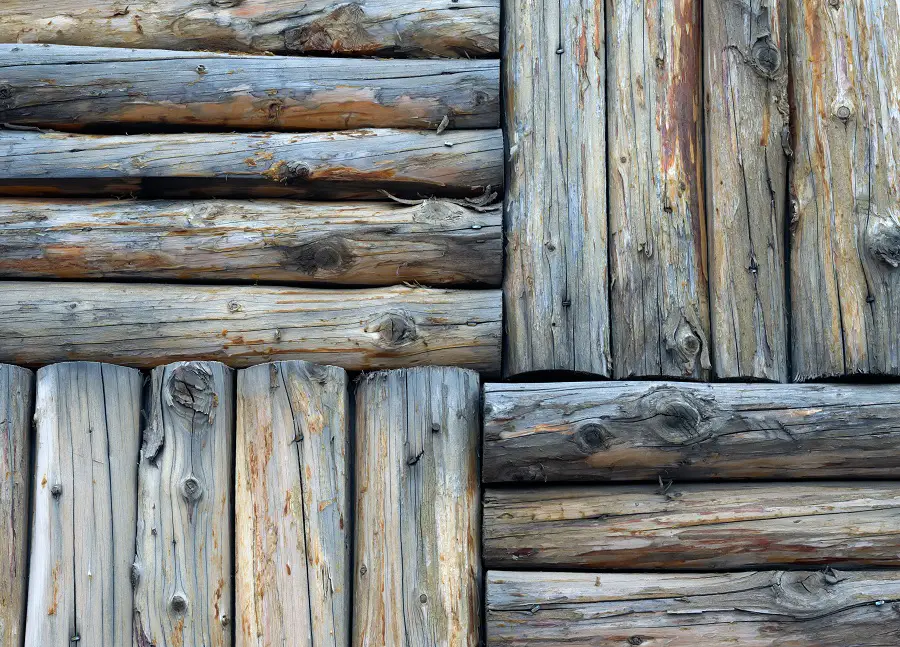
Brown spots occur due to water solubilization of tannin
Why do brown, unevenly colored stains appear on oak? Because tannin is soluble in water. When water comes into contact with the wood it extracts the tannin and forms a solution that runs off onto the wood. The color is given by the color of the tannin, which in its purified state is yellow. The solution is brown because other substances are also extracted. After the water evaporates, a fine yellow-brown powder remains on the wood - the tannin in the form of a solid powder.
As with staining on contact with iron, the tannin release does not affect the strength of the wood. It is an aesthetic problem which can be removed by mechanical treatment of the wood. However, if it comes into contact with water again, the staining will reappear because the tannin is throughout the wood. To extract it, the wood should be boiled in water several times, as is done with wood used in aquariums. However, it may take weeks before the aquarium water stops staining.
A problem can arise with natural stack-drying of oak. The battens used to space the planks and create air corridors should not be made of oak because the wood will stain in the air corridors. Because the time in the stack is long, the stain goes deep and compromises that part of the plank.
Ammonia smoke staining - another oak tannin reaction
One method by which the tannin reaction is used to color the wood is ammonia smoking. It is a traditional method discovered by chance a very long time ago in England. Oak planks were stored in a stable where horses were kept. After a while the wood turned a grayish brown color. On investigation it was found that ammonia fumes from the horse urine were causing the change in color.
The intensity of the color depends on the tannin content and therefore each piece of wood has a unique color. Exposure to direct light leads to a slight discoloration and an amber color. This is a natural phenomenon, and the natural look is very special. See here a full description of how to smoke oak wood with ammonia.
I hope you find the above information interesting. If you have had problems due to tannin in wood share them with us. Additions are as usual very welcome. And if you have any questions or queries, leave them below in the dedicated space. I will certainly reply.

























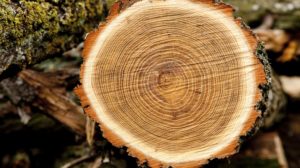
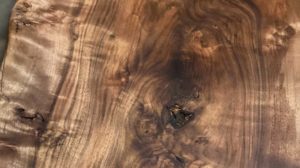









Good evening!
I have a piece of an old oak beam that I want to turn into a light fixture.
As I like the natural colour of the beam, I would like your help in choosing the finishing solution (oil, varnish...)
Hello!
I would choose tung oil or Danish oil. They are good quality oils that bring out the oak design very well, keeping the natural look of the wood. The oils however give a slight yellowish tinge. I did not recommend linseed oil because the yellowish tinge becomes more pronounced over time. If you don't use the body outdoors, there's no point in using oils. They contain pigments for UV resistance, but you lose transparency and therefore the beauty of the wood.
If you want to keep the look of the beam unchanged, there are natural effect varnishes. You can find them at professional wood product retailers. As well as keeping the colour very close to that of unpainted wood, they have a low gloss and retain a natural appearance.
Below are links that may be helpful.
Good luck!
https://revistadinlemn.ro/2020/06/10/uleiul-de-tung-uleiul-pentru-lemn-care-face-pelicula-si-rezista-foarte-bine-la-umezeala/
https://revistadinlemn.ro/2018/01/15/danish-oil-ulei-finisare-lemn/